The continuation continues collaboration between TETHYS and Syniergy for the development of a new model of advanced agrivoltaics (A-FTV), traceable, efficient and sustainable. After theIntegrating the TETHYS DSS system into the design and monitoring processes, the first results of theex ante satellite analysis conducted on an agricultural area in the province of Bologna, intended forinstallation of an agrivoltaic system with mobile trackers.
An objective snapshot of the agricultural potential before planting
Through the DSS TETHYS system and its integrated modules – Watch, Aqua And Grow – it was possible accurately reconstruct the production status of the area being worked on before the plant is builtThe analysis highlighted a agricultural production below potential, with poorly productive crops, also due to the lack of an efficient irrigation system, essential to sustain production in the summer months.
THE satellite data, processed in combination with environmental models And weather data, have allowed us to trace thetrend of vegetative vigor, the biomass production and then the CO₂ absorption capacityThis information provided a solid starting point to objectively assess the pre-existing agronomic value and measure the expected improvement delta.
A double agricultural and energy valorization
The planned intervention includes the construction of a agrivoltaic system with mobile trackers, designed to ensure the continuity and the coexistence from the agricultural activitiesPrecisely by virtue of the preliminary monitoring, it will be possible to define an agronomic plan suited to the context, maximizing the available surfaces even in the presence of photovoltaic modules.
Despite a projected reduction in utilized agricultural area (about 25%) and a decrease in solar radiation estimated between 30 and 35%, the simulations conducted indicate an increase in overall agricultural profitabilityThe compatible cultivation plan developed with the support of TETHYS includes the introduction of high value-added crops, like the industrial tomato, particularly suited to the territory in question.
Added to this is the positive effect of theinstallation of a new irrigation system, possible thanks to the investments planned within the project. The possibility of manage irrigation volumes in a targeted manner – also through the daily monitoring of water balance – will contribute directly to theincreased yields and to theoverall production efficiency.
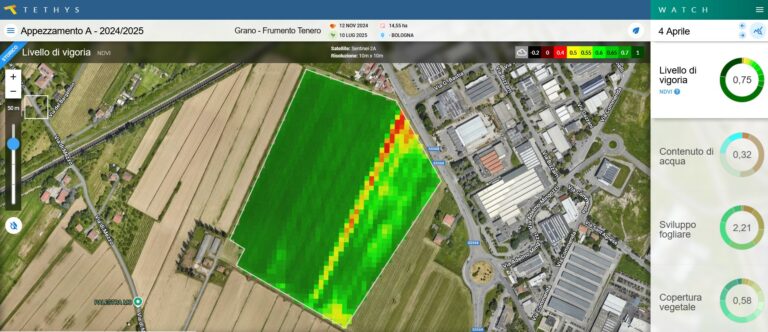
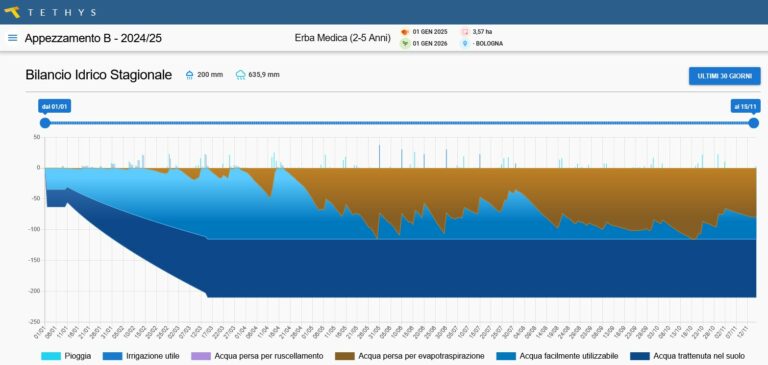
Greater agricultural value, environmental stability
In addition to the economic aspects, the analysis conducted confirmed that the introduction of theThe agrivoltaic system will not have any negative effects on the CO₂ absorption capacity of cropsOn the contrary, thanks to the greater management efficiency and the possibility of maintaining agricultural continuity in the presence of the modules, it will be possible ensure stable and measurable agricultural production over time, in line with the sustainability criteria provided for by current legislation.
The increase in irrigation use will be limited and controlled, but sufficient to fill previous gaps and support the production of new crops.
A collaboration to serve operational and transparent agrivoltaics
TETHYS continues to work alongside Syniergy, which coordinates the project development of this A-FTV intervention, to bring into play a truly integrated agrivoltaics, capable of generate measurable agricultural benefits, guarantee transparency in impact assessment and respond to the needs of the stakeholders involved.
This example demonstrates how satellite monitoring applied to agronomic planning is not just a support element, but a strategic lever for planning more efficient investments, sustainable and consistent with the needs of the territory.

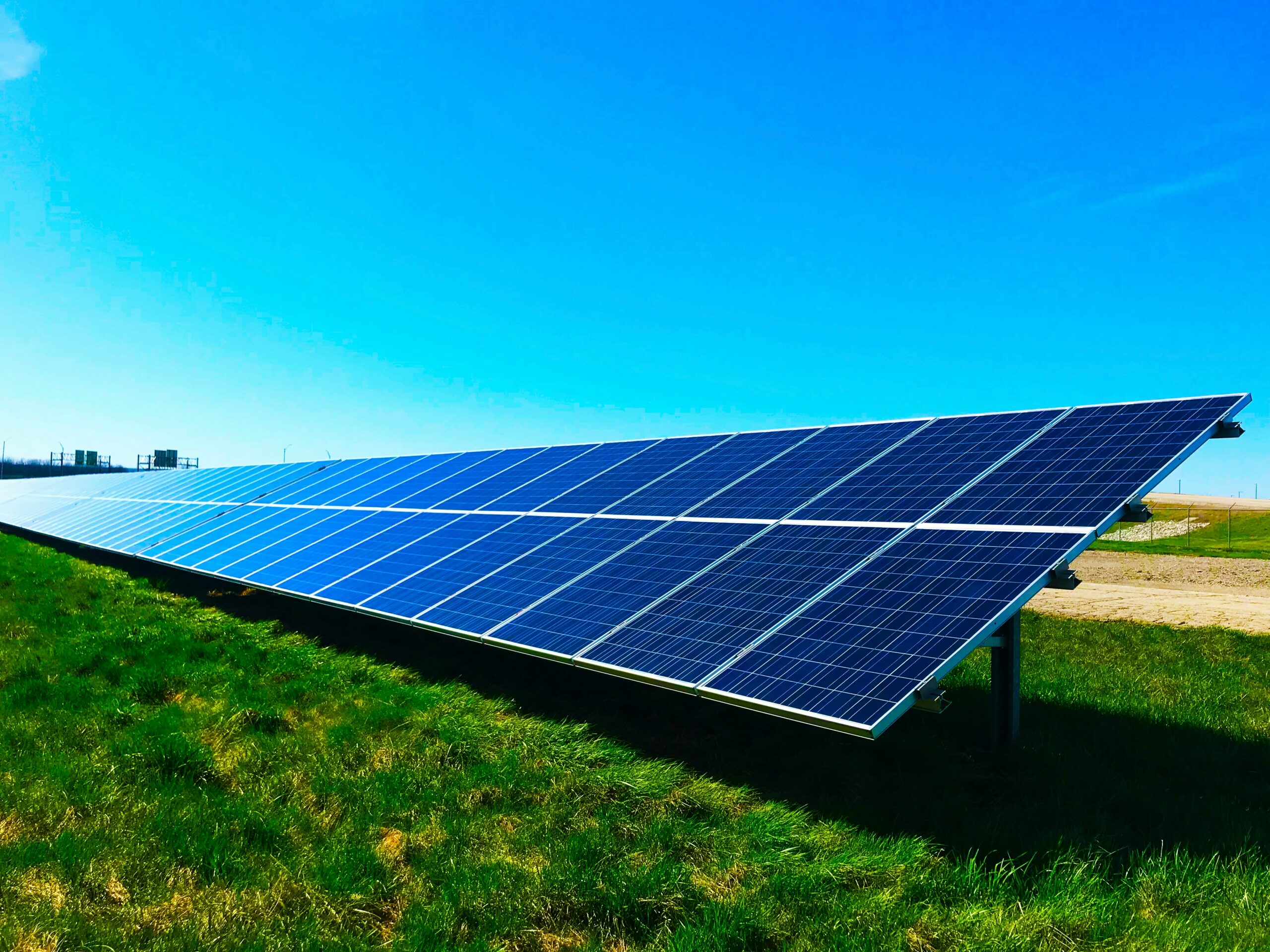
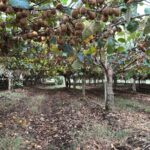

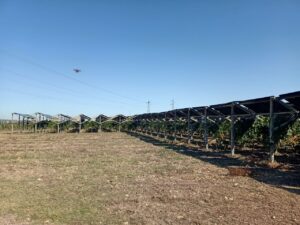




Add comment
You must be logged in to post a comment.